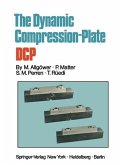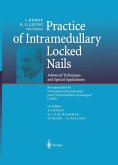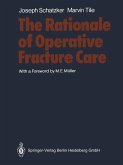The AOjASIF* dynamic hip screw (DRS) has been designed primarily to stabilize trochanteric fractures of the hip. Selected fractures of the femoral neck and some subtrochanteric fractures are further indications for the DRS [40, 46]. The dynam ic condylar screw (DCS) has been developed for fractures of the distal femur and is now being tested clinically. The DRS and DCS are carefully coordinated with the preexisting ASIF standard sets of equipment for internal fixation of fractures. The concept of a sliding screw for trochanteric fractures is not new. The first author describing such an implant was Schumpelick [44]; he gives credit to Pohl [22], who was primarily a manufacturer working for Gerhardt Kiinscher. Re described the possibility of impaction at the fracture site with a sliding device. In the United States Clawson [7, 8] introduced the hip screw and found it to be extremely beneficial in trochanteric fractures. At approximately the same time, Massie [31, 32] and Pugh [39] designed the sliding-type flange nails, which offer similar intramedullary splinting with the possibility of fracture impaction. The following chapters describe the concept and design features of the DRS, as well as the details of the surgical technique. The application of the DRS for different types of fractures is illustrated with clinical examples. The results of 268 cases of trochanteric fractures treated with the DRS are presented and compared with results using the angled blade plate and Ender's nails. Finally, some laboratory tests are described.
Dieser Download kann aus rechtlichen Gründen nur mit Rechnungsadresse in A, B, BG, CY, CZ, D, DK, EW, E, FIN, F, GR, HR, H, IRL, I, LT, L, LR, M, NL, PL, P, R, S, SLO, SK ausgeliefert werden.









